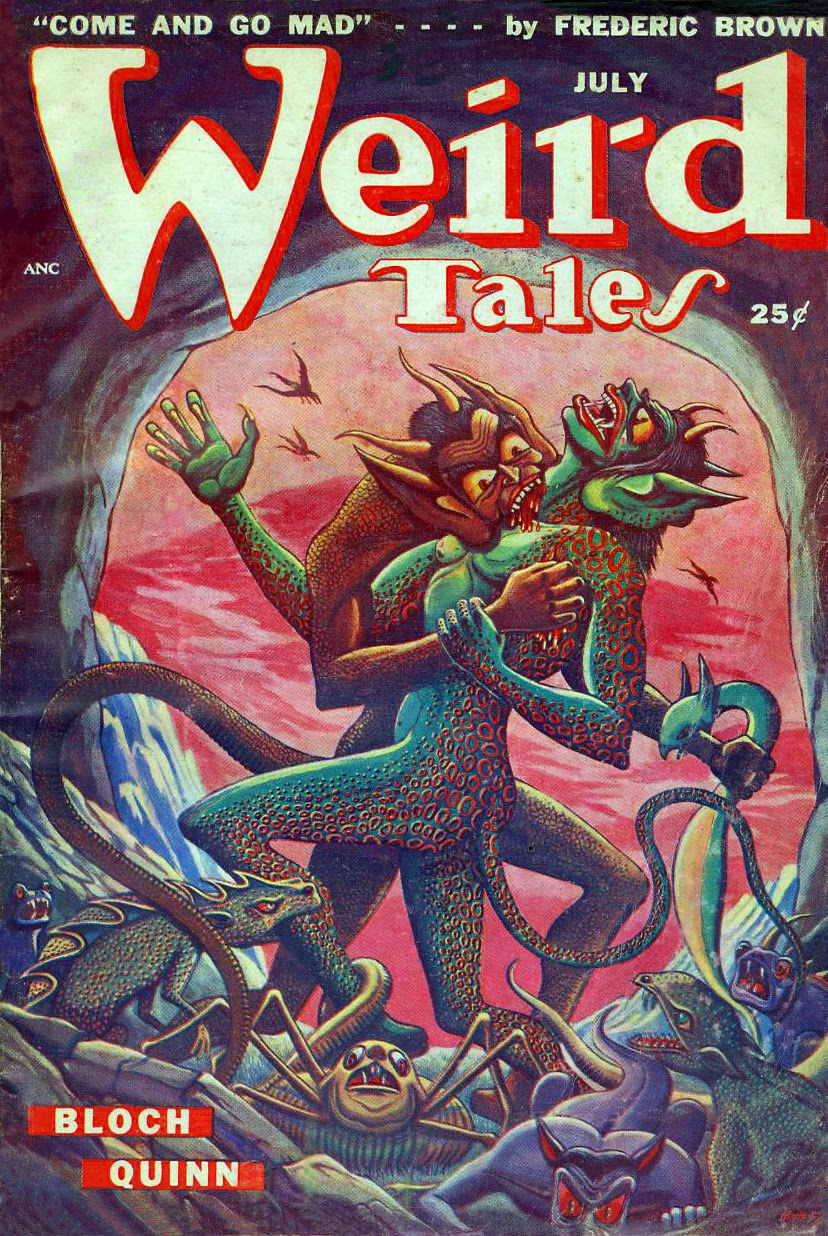

However, her work continues to define popular conceptions of pulp fiction, sword & sorcery, and weird fantasy. Sadly, the artist died in poverty in 1976. Only Virgil Finlay was a close rival.Īlthough her last pulp cover was published in 1953, Brundage continued to paint, exhibiting and selling her work at art fairs and science fiction conventions. Margaret Brundage created 66 covers for WEIRD TALES between 19, making her the most in-demand cover artist for the fantasy, horror, and science fiction magazine. Censorship and Farnsworth Wright’s retirement in 1940 saw a lessening of demand for Brundage’s work in the pulp industry. Her work was later targeted by New York Mayor LaGuardia’s 1938 decency campaign. Brundage, the artist redefined sensuality for the already scandalous pulp market.

Initially disguising her gender by signing her work as M. Editor Farnsworth Wright paid her $90 per cover painting. She found work as a cover artist for ORIENTAL STORIES, WEIRD TALES, and THE MAGIC CARPET MAGAZINE. Marriage and family followed, but circumstances dictated that Margaret support herself, her young son, and her sickly mother. Moore, Seabury Quinn, and Jack Williamson characters - was born 120 years ago on December 9, 1900.Īfter graduating from high school, Brundage began drawing for the local fashion industry and newspapers, supplementing her income by working for a Prohibition-era speakeasy. This talented woman - who dressed (and undressed) countless Edmond Hamilton, Robert E.

The late Robert Weinberg hailed WEIRD TALES as “the most important and influential of all fantasy magazines.” Despite the fine writers whose work appeared in the pulp, no one defined the look of WEIRD TALES like the magazine’s premier cover artist Margaret Brundage.


 0 kommentar(er)
0 kommentar(er)
